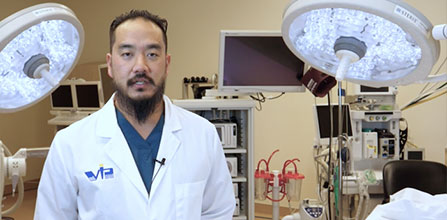The Role of Muscle in Preventing Diabetes

We all know that a sedentary lifestyle increases the risk of obesity in conditions such as type II diabetes. We’ve been told that spending a certain number of minutes or hours getting our heart rate up is beneficial and prevents cardiovascular disease. However, there’s always been some debate as to what form of exercise is best.
A recent study1 of over 4000 adults without diabetes, published in the journal Mayo Clinic Proceedings, sought to find out if building muscle through strength training reduces the risk of type II diabetes. The answer was a very clear yes, by 32%. People who maintained moderate muscle strength and participated consistently in resistance exercises showed a lower risk of type II diabetes regardless of their cardio fitness. Interestingly, moderate muscle mass was sufficient and increasing muscle mass did not have a significant benefit. The results were adjusted for variables including age, sex, and weight.
Our Take
Physical fitness is a key part of overall health. Consistent cardio and strength training is key. Whether they have undergone bariatric surgery or not, exercising reduces the risk of obesity and its related conditions significantly.
This gives us a good insight into how exactly we should be conditioning our bodies. While it is fantastic to participate in cardiorespiratory activities such as swimming, running, walking, or even strenuous activities such as walking, cleaning the house, or working in the garden, this is not the whole picture.
We know that building muscle mass, as confirmed by the study and many others, is a way to not only burn more calories during the activity but also burn more calories while at rest. Ultimately, building up moderate muscle mass has longer-term effects.
The biggest takeaway from this study is that much like diet, moderation in exercise is key. This not only allows for a more consistent, effective regimen, but the study also shows that doing too much may not necessarily be better. Additionally, variety is a key component of a good exercise program. Always working the same muscles through cardio may not be as effective as switching it up and ensuring that there’s plenty of strength training in there as well.
As to how you can get to the ideal muscle mass level…it’s hard to say without a customized strength training program, but suffice it to say that following your post-op, lifestyle choices, and exercise should get you most of the way there.
1Wang, Yuehan et al.; Association of Muscular Strength and Incidence of Type 2 Diabetes; Mayo Clinic Proceedings



